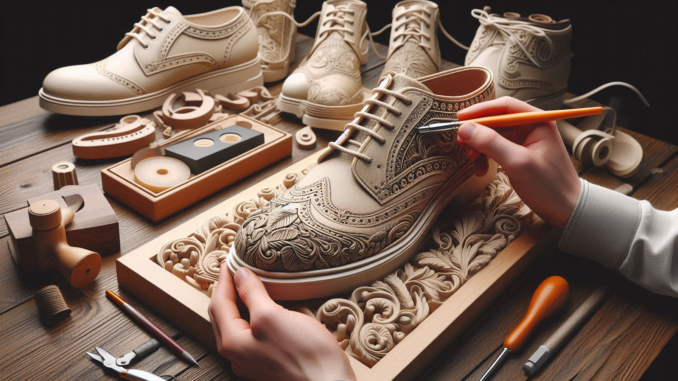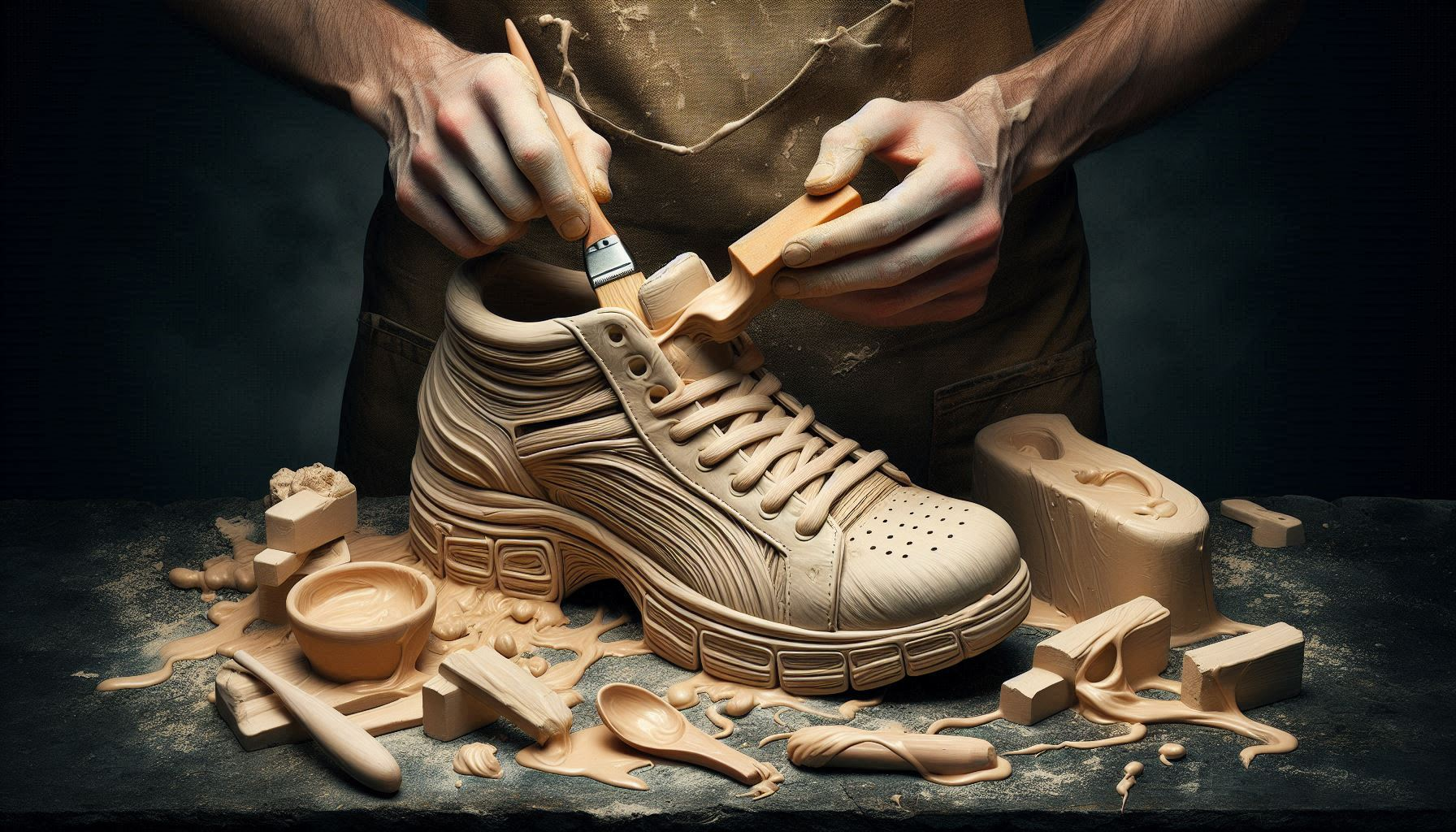
Shoe Molding: Guide to Perfecting Your Baseboards
Ever walked into a room and felt something was just a bit off, but couldn’t quite put your finger on it? Chances are, it might have been missing shoe molding. This often-overlooked detail can make a world of difference in the overall look and feel of your space. In this comprehensive guide, we’ll dive deep into the world of shoe molding, covering everything from what it is to how to install it like a pro.
Quick Answer
Shoe molding is a thin strip of trim installed at the base of baseboards to cover gaps between the floor and wall, providing a finished look and protecting against moisture and drafts.
What is Shoe Molding?
Shoe molding, also known as base shoe or quarter-round, is a small, curved trim piece that sits at the bottom of your baseboard. Its main job? To cover that pesky gap between your baseboard and floor, giving your room a polished, complete look. But it’s not just about looks – shoe molding also helps protect your walls from moisture and keeps those chilly drafts at bay.
A Personal Touch: My Shoe Molding Revelation
I remember the first time I really noticed shoe molding. I was helping my aunt redo her living room, and she insisted on adding this “extra trim” I’d never paid attention to before. I thought it was an unnecessary fuss, but boy, was I wrong! Once we installed it, the whole room looked more put-together and fancy. It was like the difference between wearing sneakers and dress shoes with a suit – that little detail just pulled everything together.
Why Shoe Molding Matters
You might be wondering, “Is shoe molding really that important?” The short answer is yes. Here’s why:
- It covers gaps between the floor and wall, hiding imperfections
- It protects walls from moisture damage
- It adds a finished, professional look to any room
- It can help insulate your space, reducing drafts
- It’s an easy and affordable way to upgrade your home’s interior
Choosing the Right Shoe Molding
Not all shoe molding is created equal. Let’s break down your options:
Material Matters
- Wood: The classic choice. It’s easy to paint or stain and works well in most homes.
- MDF (Medium-Density Fiberboard): A budget-friendly option that’s smooth and easy to paint.
- PVC: Great for damp areas like bathrooms or basements. It’s water-resistant and won’t warp.
- Flexible Rubber: Perfect for rooms with uneven floors. It bends to fit the contours of your floor.
Style Selection
Shoe molding comes in various profiles, from simple quarter-round to more decorative options. The key is to choose a style that complements your existing baseboards and overall room decor.
Tools of the Trade: What You’ll Need
Before you start your shoe molding project, make sure you have these tools on hand:
- Measuring tape
- Miter saw or miter box with a hand saw
- Nail gun or hammer and finish nails
- Wood glue
- Caulk and caulk gun
- Sandpaper
- Paint or stain (if needed)
- Safety glasses and dust mask
Installation: Step by Step

1. Measure Twice, Cut Once
Start by measuring each wall where you’ll install the shoe molding. Add about 10% to your total to account for waste and mistakes. Remember, it’s always better to have a little extra than to come up short!
2. Cut Your Corners
For inside corners, cut your molding at a 45-degree angle. For outside corners, you’ll need to make a coped joint. Here’s a quick guide to coping:
- Cut one piece of molding at a 45-degree angle
- Use a coping saw to cut along the profile of the molding
- The coped piece will fit snugly against the adjacent piece
3. Nail It Down
Using your nail gun or hammer and finish nails, attach the shoe molding to the baseboard – not the floor! This allows for natural expansion and contraction of your flooring. Space nails about 16 inches apart.
4. Fill and Finish
Use wood filler to cover nail holes and caulk to fill any gaps between the molding and the wall or floor. Once dry, sand smooth and paint or stain to match your baseboards.
Troubleshooting Common Issues
Dealing with Uneven Floors
If your floor isn’t perfectly level (spoiler alert: most aren’t), you might end up with gaps between the shoe molding and the floor. Here are a few solutions:
- Use flexible rubber molding that can conform to the floor’s contours
- Scribe the molding to fit the floor’s shape
- Use a wider shoe molding to cover larger gaps
Navigating Tricky Corners
Corners can be the trickiest part of installing shoe molding. If you’re struggling with getting clean corners, try these tips:
- Use a scrap piece to test your cuts before cutting the actual molding
- For inside corners, try using a cope joint instead of mitering both pieces
- Use wood filler or caulk to hide small imperfections in your cuts
The Cost Factor: Budgeting for Your Project
The cost of adding shoe molding can vary widely depending on the material you choose and whether you DIY or hire a pro. Here’s a rough breakdown:
- DIY with basic wood molding: $0.50 – $1.50 per linear foot
- Professional installation: $4 – $8 per linear foot
For an average-sized room (12×12 feet), you’re looking at about $60-$180 for materials if you DIY, or $200-$400 for professional installation.
Maintenance: Keeping Your Shoe Molding Looking Sharp
Once you’ve installed your shoe molding, a little maintenance goes a long way:
- Dust regularly with a soft cloth or vacuum attachment
- Wipe down with a damp cloth for deeper cleaning
- Touch up paint or stain as needed
- Re-caulk if gaps appear over time
Beyond the Basics: Creative Ideas for Shoe Molding
Who says shoe molding has to be boring? Here are some creative ways to make your shoe molding stand out:
- Paint it a contrasting color to your baseboards for a bold look
- Use metallic paint for a touch of glamour
- Try a decorative profile for added visual interest
- In a child’s room, paint it to look like a ruler or train track
The Environmental Angle
If you’re environmentally conscious, consider these eco-friendly options for your shoe molding:
- Reclaimed wood: Gives a unique look and reduces waste
- Bamboo: A fast-growing, sustainable option
- Cork: Renewable and adds texture to your space
Conclusion: Putting Your Best Foot Forward
Shoe molding might seem like a small detail, but it can make a big impact on the overall look and feel of your home. Whether you’re a DIY enthusiast ready to tackle the project yourself or planning to hire a pro, adding shoe molding is a surefire way to give your rooms a polished, finished look.
Remember, the key to a successful shoe molding project is in the details – measure carefully, cut precisely, and take your time with the installation. With a little patience and the right tools, you’ll be amazed at the difference this simple upgrade can make in your space.
Next Steps
Ready to get started on your shoe molding project? Here’s what to do next:
- Measure your rooms and calculate how much molding you’ll need
- Choose your material and style
- Gather your tools and materials
- Set aside a weekend for installation
- Enjoy your newly polished space!
With this guide in hand, you’re well on your way to mastering the art of shoe molding. Happy installing!


Leave a Reply